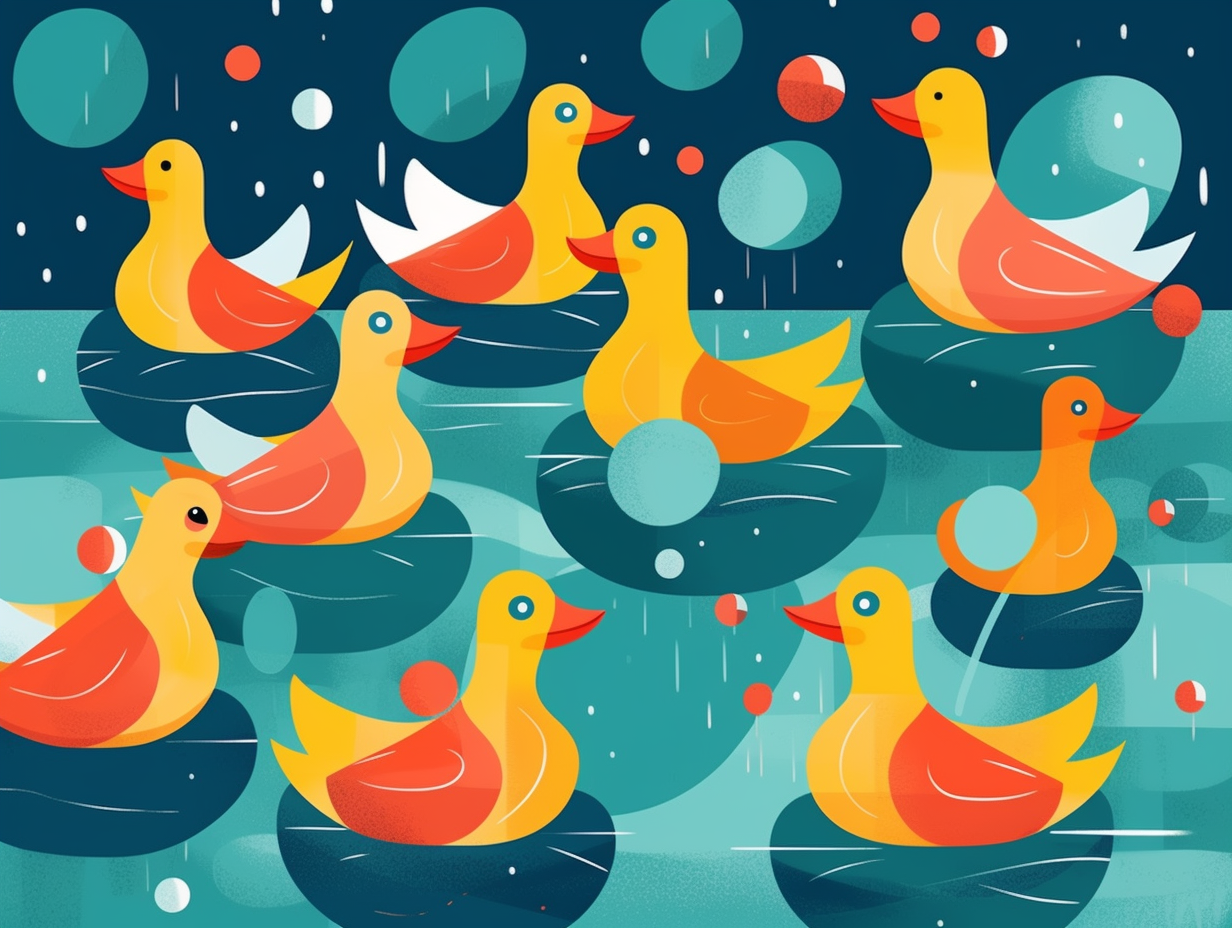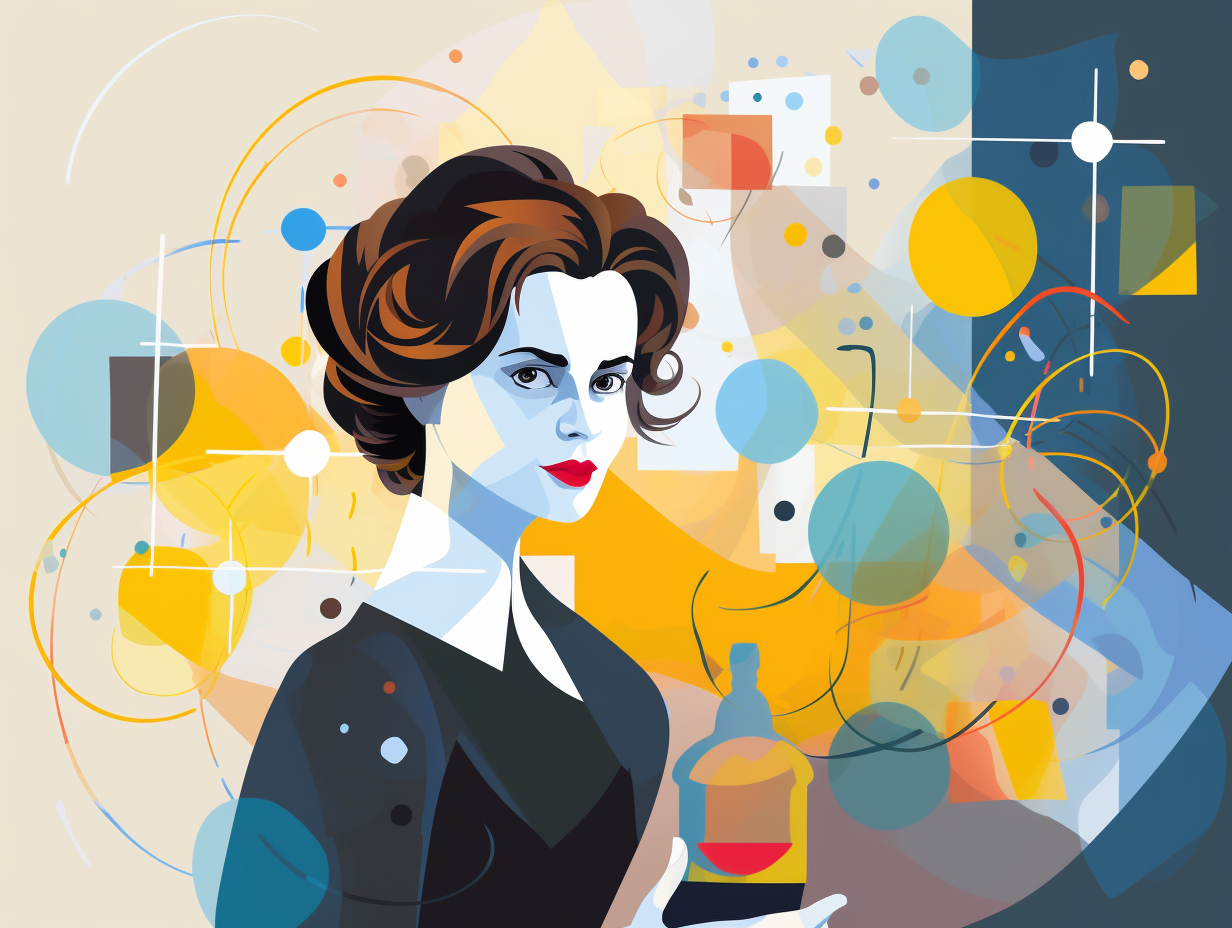Discover the Wonders of Metal: Top 16 Fun Facts About Copper That Will Amaze You!

1. Copper: Bacteria Slayer
Move over Lysol, it's Copportunity knocking: Copper surfaces have the power to kill 99.9% of bacteria within just two hours, thanks to a potent blend of ions wreaking havoc on cellular walls and causing oxidative stress. This makes it the EPA's newest BFF and a potential solution for reducing infections in hospitals.
Source => aricjournal.biomedcentral.com
2. Lady Liberty's Copper Couture
Whoever said "go big or go home" clearly never met Lady Liberty: The entirety of the Statue of Liberty's copper skin is only 3/32 in. (2.4 millimeters) thick, the same as the combined thickness of two U.S. pennies. As an additional piece of trivia, her distinctive green hue is a result of the protective patina formed over time, equal in thickness to the copper itself. The torch she holds even gets its shine from a 24K gold-clad copper and basks in the daytime sunlight, while adopting a glistening glow at night under floodlight illumination.
Source => nps.gov

Did you know the fearsome T-rex was actually more of a scavenger than a hunter? Explore how its incredible sense of smell and 12 ⅞-inch teeth reveal a surprising truth behind this iconic dinosaur.
=> Fun Facts about Dinosaurs
3. Copper IUD: Uterus Bouncer
Ever wondered how a copper-wearing uterus becomes the ultimate bouncer for over-eager swimmers at Club Egg? Well, let's take a dive: copper IUDs create an inflammatory response that turns the uterus into a sperm-crushing environment, while releasing copper ions that put the speed-breakers on sperm's journey, without making them take an actual U-turn.
Source => embryo.asu.edu
4. Tin's Local Staycation
Who says tin doesn't like a good staycation? It turns out our metal buddy knew how to keep it local way before the hipster movement: Archaeological findings in Turkey show that tin was not only imported but also mined and processed locally, kickstarting an industry in the region as far back as 2870 B.C.
Source => chronicle.uchicago.edu

5. Copper Craze of Yesteryears
Well, you could say that our ancestors simply went cuckoo for copper: About 9,500 years ago, the Old Copper Complex culture flourished in the Great Lakes region of North America, crafting everything from tools to decorative items out of that shiny, reddish-orange metal found near Lake Superior. But much like our infatuation with fidget spinners, this copper craze began to fade 3,000 years ago, leaving the metal reserved for only the fanciest of jewelry and status symbols.
Source => en.wikipedia.org
6. Copper, the Ancient Hipster Metal
Copper: the ancient hipster of metals that used smelting and alloys before it was mainstream. Rolling in thousands of years of trendsetting, copper was one of the first metals used by humans as early as 8000 BC and pioneered casting into molds around 4000 BC. Plus, it was the trailblazer for intentional alloying when it collaborated with tin to create bronze in 3500 BC - talk about setting the bar high!
Source => en.wikipedia.org
7. Copper Bracelets: All Bark, No Bite
While sufferers of joint inflammation have long hoped that copper bracelets could be their knight in shining armor when it comes to defeating arthritis, these metallic wristwear accessories are ultimately more like a flashy, yet ultimately useless, novelty: numerous placebo-controlled trials have been conducted, thoroughly debunking the myth that copper bracelets can effectively treat arthritis pain or stiffness, leaving these copper clinkers to lament that they were but a mere figment of fashionable folly.
Source => arthritis.org
8. Copper: Elemental Double Life
Copper: the Dr. Jekyll and Mr. Hyde of the elemental world. Transforming from the most valuable trace mineral that ushers growth, binds loving hearts in cardiovascular integrity, breathes life into lung elasticity, gives you brainy ideas in neuroendocrine function, and channels your inner Tony Stark in iron metabolism, to a menacing villain that could leave you in a mental rut, starved for red, shivering in cold, or with a short-circuited liver and brain at the blink of an ion: that's the power and perils of a copper overdose or deficiency, my fellow nutrients aficionados! Beware, for the key to your vitality is balanced copper consumption!
Source => ncbi.nlm.nih.gov
9. Dime's Silver-Plated Past
Once upon a dime-less time, everything that shined was silver, until Uncle Sam decided to trim the tinsel: Most U.S. currency minted before 1965, excluding pennies and nickels, featured 90% silver content, but Public Law 88-36 in 1965 reduced it to 40%, with silver vanishing from coins completely by 1970, leaving these 90% silver coins as valuable collector's items today.
Source => usgoldbureau.com

10. Copper Cups Keep It Fresh
Whoever said "laughter is the best medicine" never drank from a copper cup: Turns out, water stored in copper utensils not only fights off viruses and bacteria like e-coli, but also becomes more easily absorbed by the body – the ancient Egyptians even used them to keep their water fresh!
Source => medium.com
11. Copper, the Sociable Element
Copper, the notorious party animal of the periodic table, always wanting to be part of the "in-crowd" – you'll find it hobnobbing with your liver, muscles, and even in your wooly sweater: This versatile element is essential for various vital animal functions, playing a crucial role in iron metabolism, collagen formation, and melanin production. Its sociable nature extends to its use in agricultural pesticides, fungicides, pipes, cables, coins, sculptures, bells, brass, bronzes, and jewelry – talk about a well-rounded resume!
Source => alquera.com
12. Ancient Chinese Coin Makeover
Before the ancient Chinese went to market with jingling pockets of coins, they had to lug around metal spades and sword-shaped money – talk about heavy shopping! But then, someone came up with a bright idea: Enter the Zhou dynasty in the late 6th century BCE, introducing round copper coins with central holes, making them stringable and easier to carry. Pretty clever for a time when paper money was still a distant dream, don't you think?
Source => computersmiths.com
13. Copper: Wall Street's Offbeat Dance
In a twist that would have Wall Street traders tripping over their penny loafers, our trusty conductor of electricity, copper, likes to defy the stock market and dance to its own offbeat tune: There's actually an inverse relationship between copper prices and the S&P 500, with copper prices often dropping while the stock market soars over the past four decades – but that doesn't mean it isn't a helpful indicator of economic health, especially with its vital role in industries like construction, electricity, and manufacturing.
Source => reuters.com
14. Copper's Stretching Superpower
In a world where getting wired means coffee or energy drinks, copper prefers to go through the ultimate stretch session: Copper is one of the most ductile elemental metals, easily stretched into thin wire without losing strength, thanks to the wire drawing process which decreases its diameter and increases its length without altering its volume, making it ideal for electrical wiring, cables, springs, spokes, and stringed instruments.
Source => en.wikipedia.org

15. Ruby Red Stained Glass Secrets
Talk about a red-hot secret: During the Medieval and Renaissance periods, the art of creating ruby red copper stained glass was a clandestine skill known only to a select few European workshops. These masters of crimson mystery created the stunning red hue by precipitating tiny metallic copper nanoparticles through a complex chemical process involving the oxidation of sulphur compounds in the glass, making their vibrant creations the talk of the continent.
Source => sciencedirect.com
16. Faraday's Copper Christmas Lights
Before Michael Faraday became the king of electric boogaloo: he created the famous 'Christmas Lectures' back in 1831, a tradition that persists today. Faraday's eleventh-hour brainchild was born not just out of a penchant for dazzling holiday lights, but from a desire to enlighten young minds about the wonders of science—powers that he himself harnessed from copper wire and magnets.
Source => ageofrevolution.org
Related Fun Facts




















